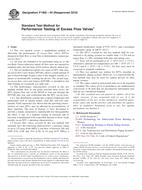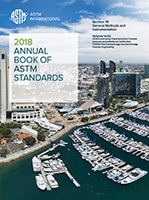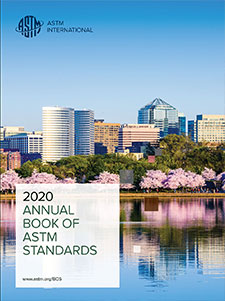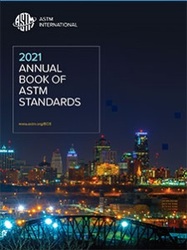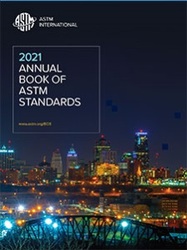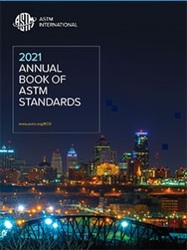Description
1.1 This test method covers a standardized method to determine the performance of excess flow valves (EFVs) designed to limit flow or stop flow in thermoplastic natural gas service lines.
1.2 All tests are intended to be performed using air as the test fluid. Unless otherwise stated, all flow rates are reported in standard cubic feet per hour of 0.6 relative density natural gas.
1.3 The test method recognizes two types of EFV. One type, an excess flow valve-bypass (EFVB), allows a small amount of gas to bleed through (bypass) after it has tripped, usually as a means of automatically resetting the device. The second type, an excess flow valve-non bypass (EFVNB), is intended to trip shut forming an essentially gas tight seal.
1.4 The performance characteristics covered in this test method include flow at trip point, pressure drop across the EFV, bypass flow rate of the EFVB or leak rate through the EFVNB after trip, and verification that the EFV can be reset.
1.4.1 Gas distribution systems may contain condensates and particulates such as organic matter, sand, dirt, and iron compounds. Field experience has shown that the operating characteristics of some EFVs may be affected by accumulations of these materials. The tests of Section 11 were developed to provide a simple, inexpensive, reproducible test that quantifies the effect, if any, of a uniform coating of kerosene and of kerosene contaminated with a specified amount of ferric oxide powder on an EFV’s operating characteristics.
1.5 Excess flow valves covered by this test method will normally have the following characteristics: a pressure rating of up to 125 psig (0.86 MPa); a trip flow of between 200 and 2500 ft³/h (5.66 and 70.8 m³/h) at 10 psig (0.07 MPa); a minimum temperature rating of 0°F(–18°C), and a maximum temperature rating of 100°F (38°C).
1.6 The EFVs covered by this test method shall be constructed to fit piping systems no smaller than 1/2CTS and no larger than 11/4IPS, including both pipe and tubing sizes.
1.7 Tests will be performed at 67 ± 10°F (19.4 ± 5.5°C). Alternative optional test temperatures are 100 ± 10°F (37.7 ± 5.5°C) and 0 ± 10°F (–18 ± 5.5°C). All flow rates must be corrected to standard conditions.
1.8 This test method was written for EFVs installed in thermoplastic piping systems. However, it is expected that the test method may also be used for similar devices in other piping systems.
1.9 The values stated in inch-pound units are to be regarded as standard. The values given in parentheses are mathematical conversions to SI units that are provided for information only and are not considered standard.
1.10 This standard does not purport to address all of the safety concerns, if any, associated with its use. It is the responsibility of the user of this standard to establish appropriate safety and health practices and determine the applicability of regulatory limitations prior to use. For specific precautions, see Section 8.
Product Details
- Published:
- 08/01/2010
- Number of Pages:
- 7
- File Size:
- 1 file , 130 KB

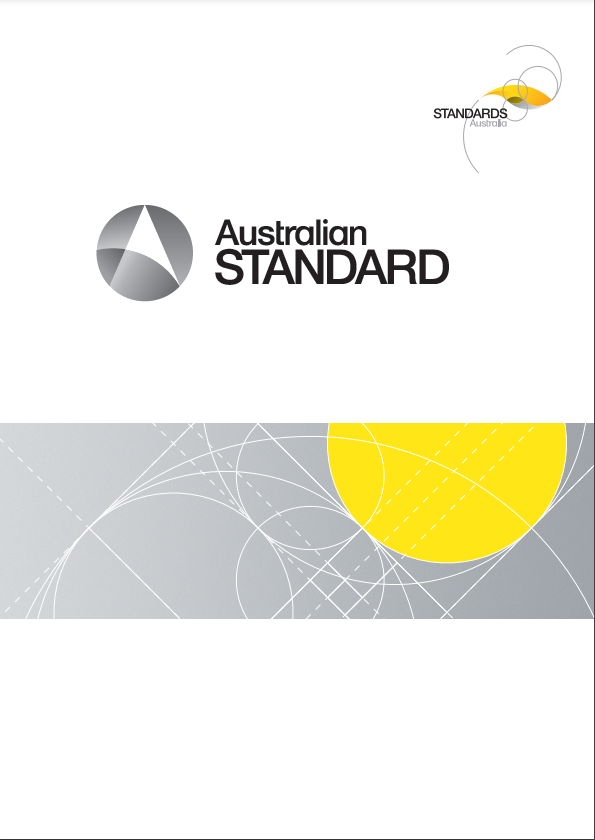 AS L39-1964
AS L39-1964 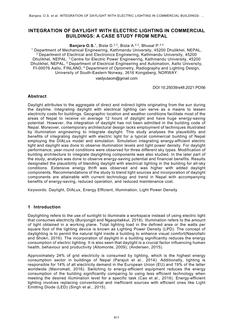 CIE x048-PO56
CIE x048-PO56 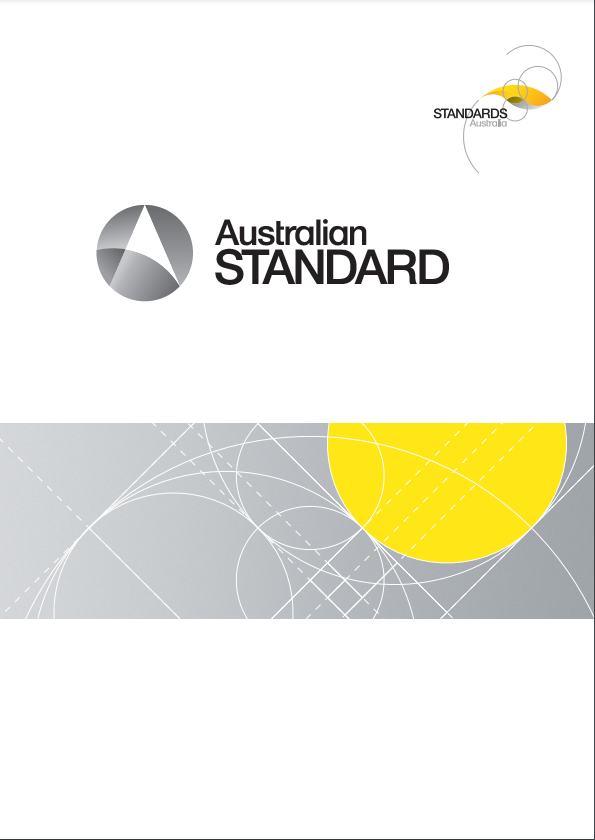 AS L43-1965
AS L43-1965 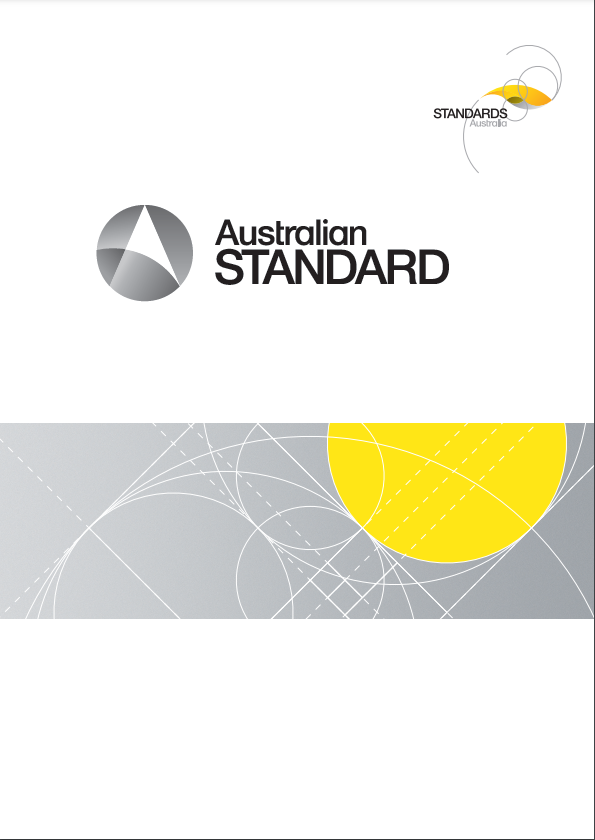 AS R3-1947
AS R3-1947 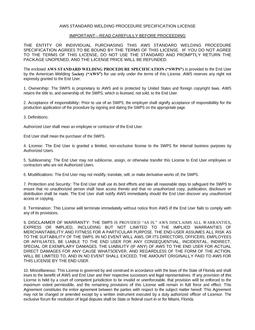 AWS B2.1-1-209:2019
AWS B2.1-1-209:2019  International Conference on Mechanical, Industrial, and Manufacturing Technologies (MIMT 2010)
International Conference on Mechanical, Industrial, and Manufacturing Technologies (MIMT 2010)  AS P4-1968
AS P4-1968 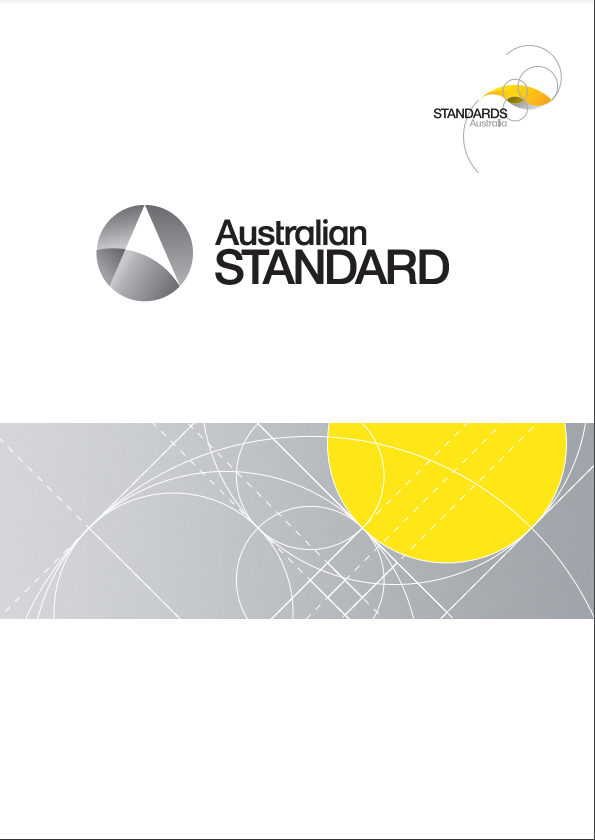 AS L14-1960
AS L14-1960 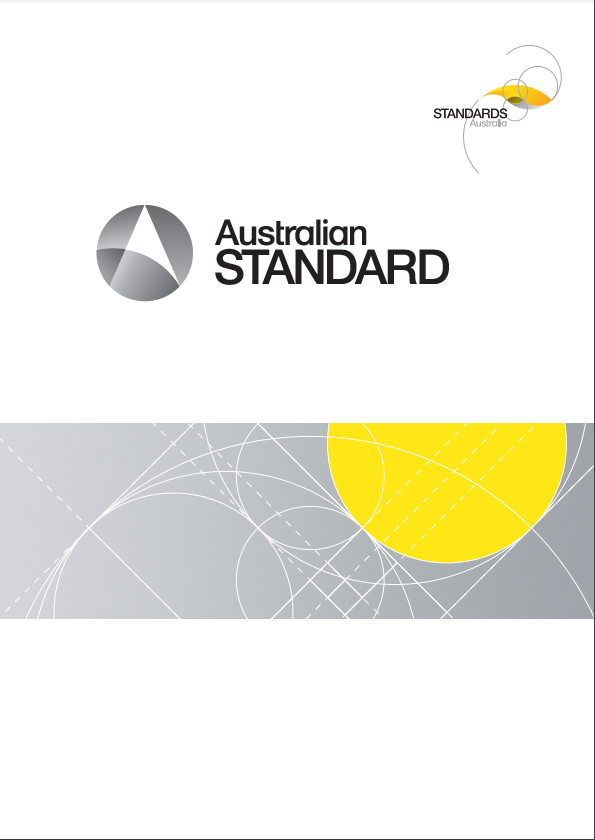 AS L40-1964
AS L40-1964 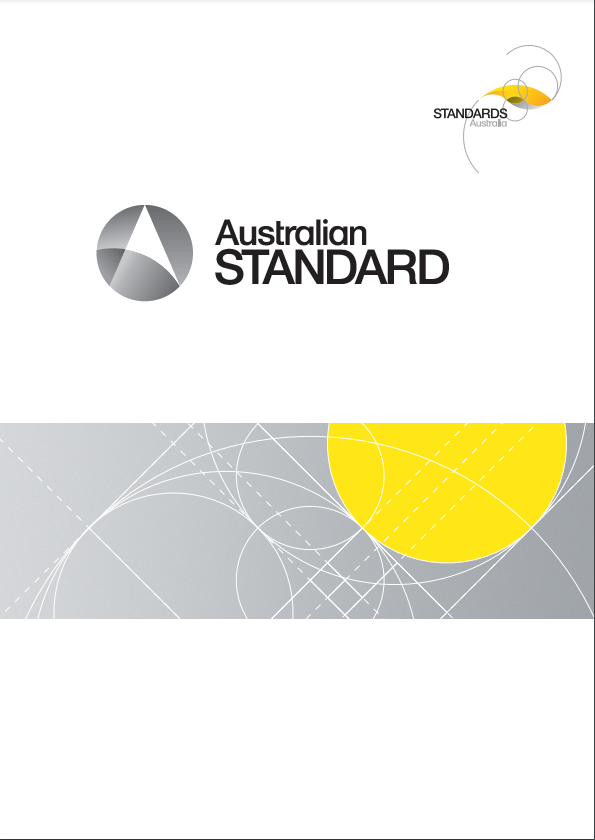 AS L15.1-1959
AS L15.1-1959 